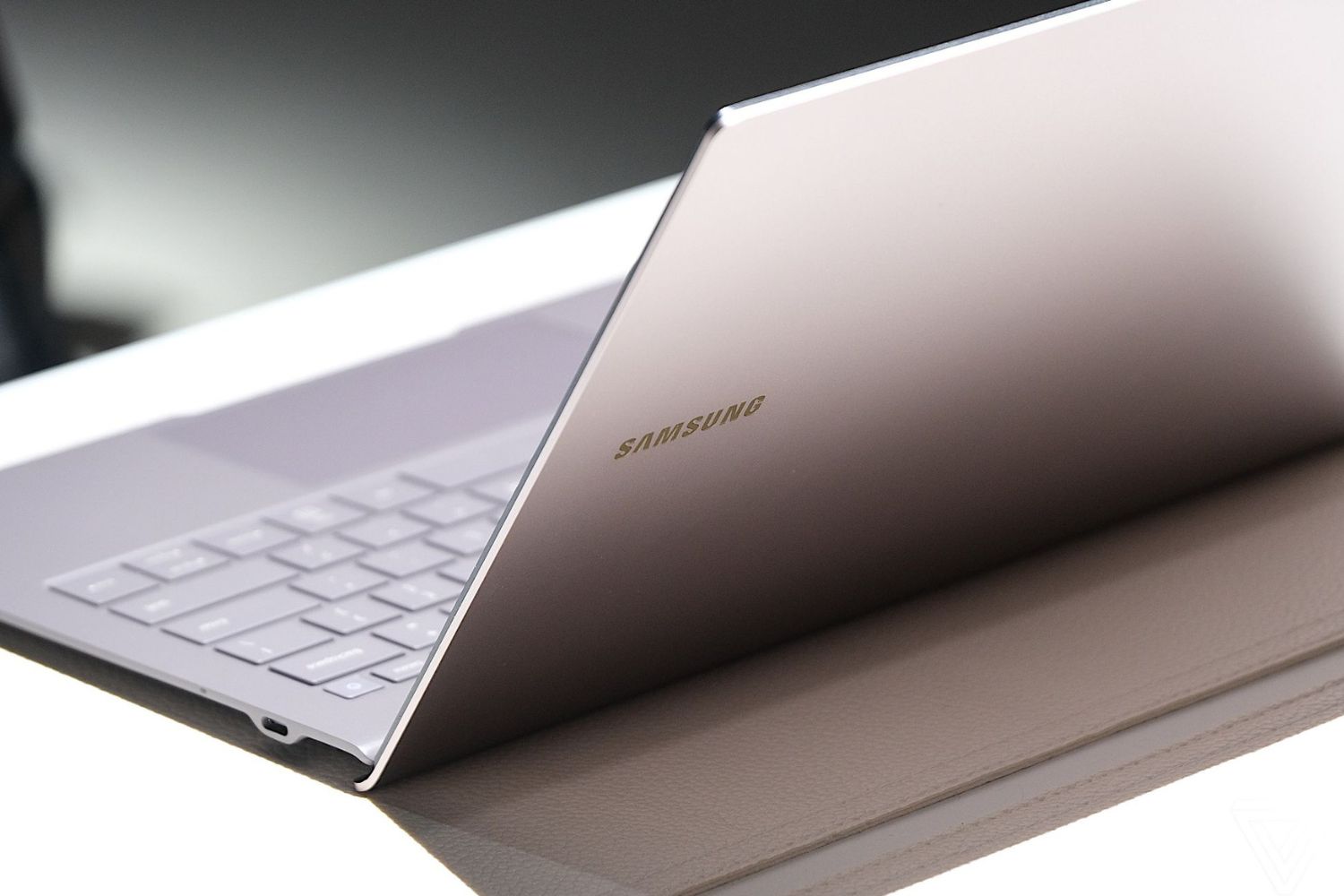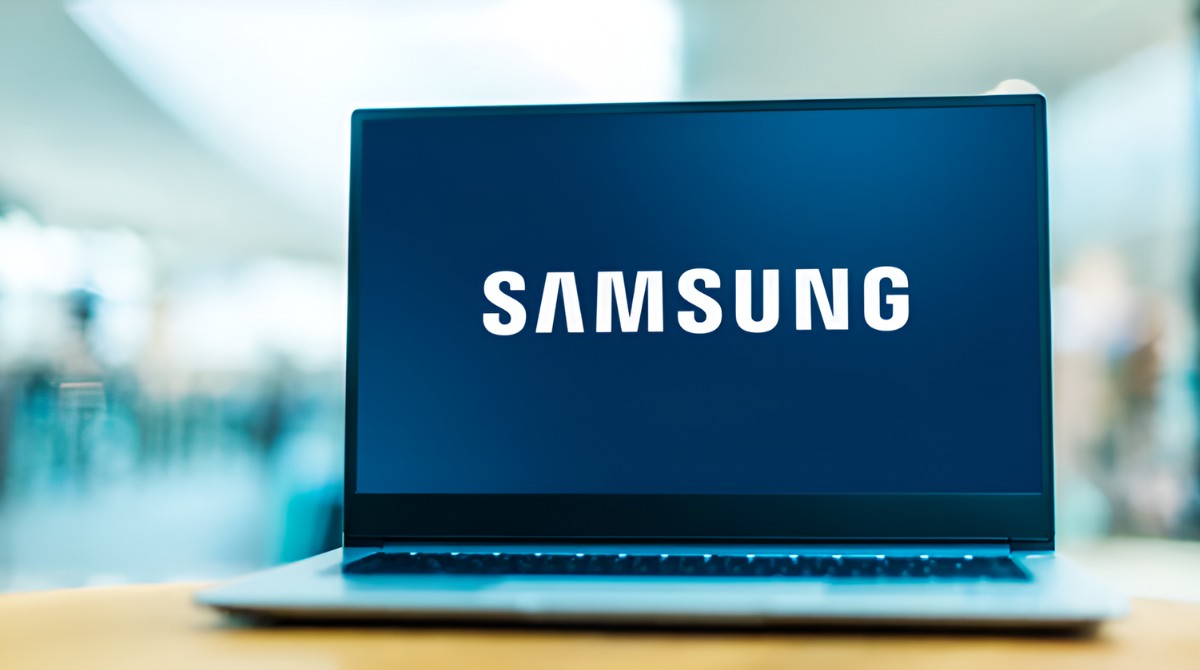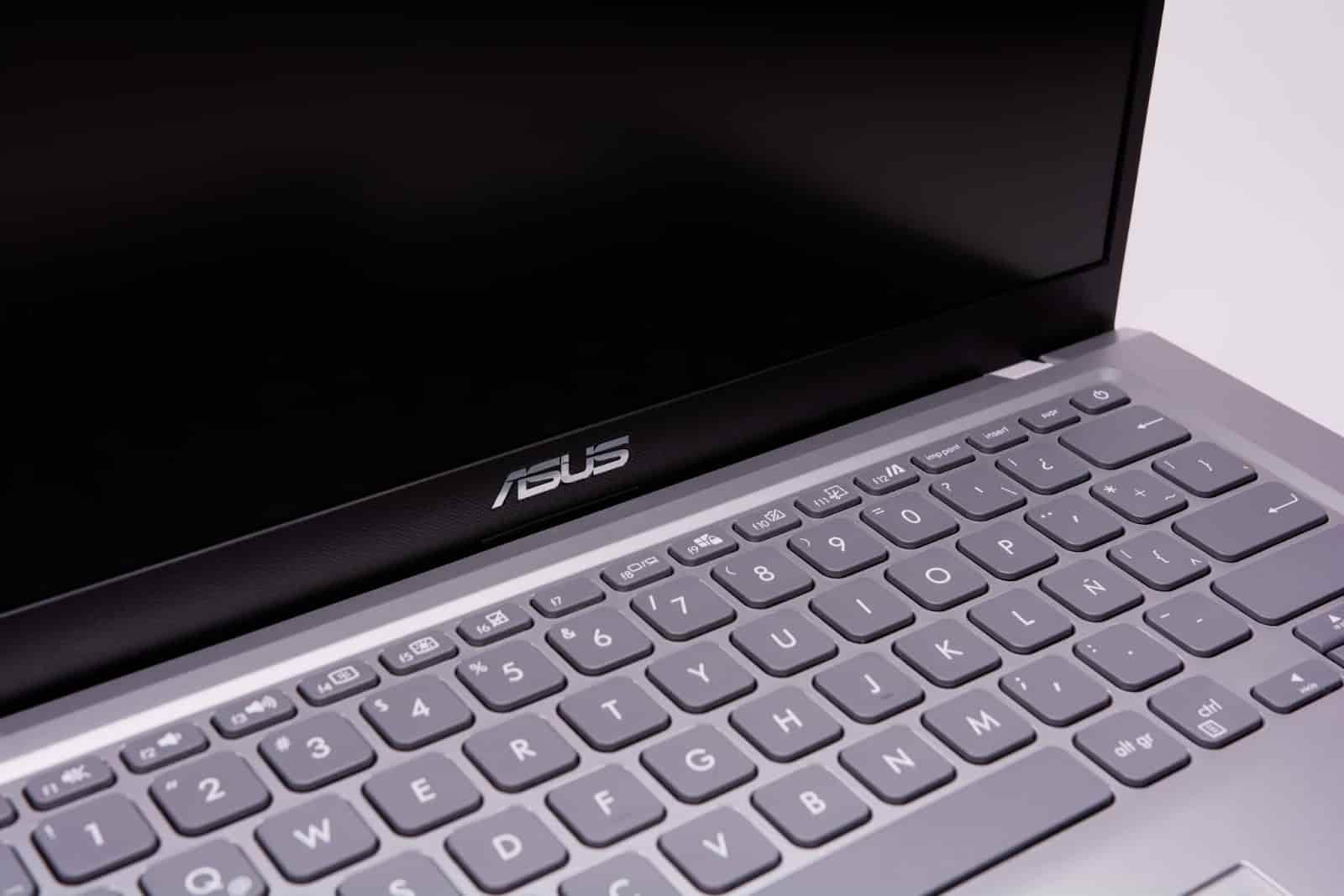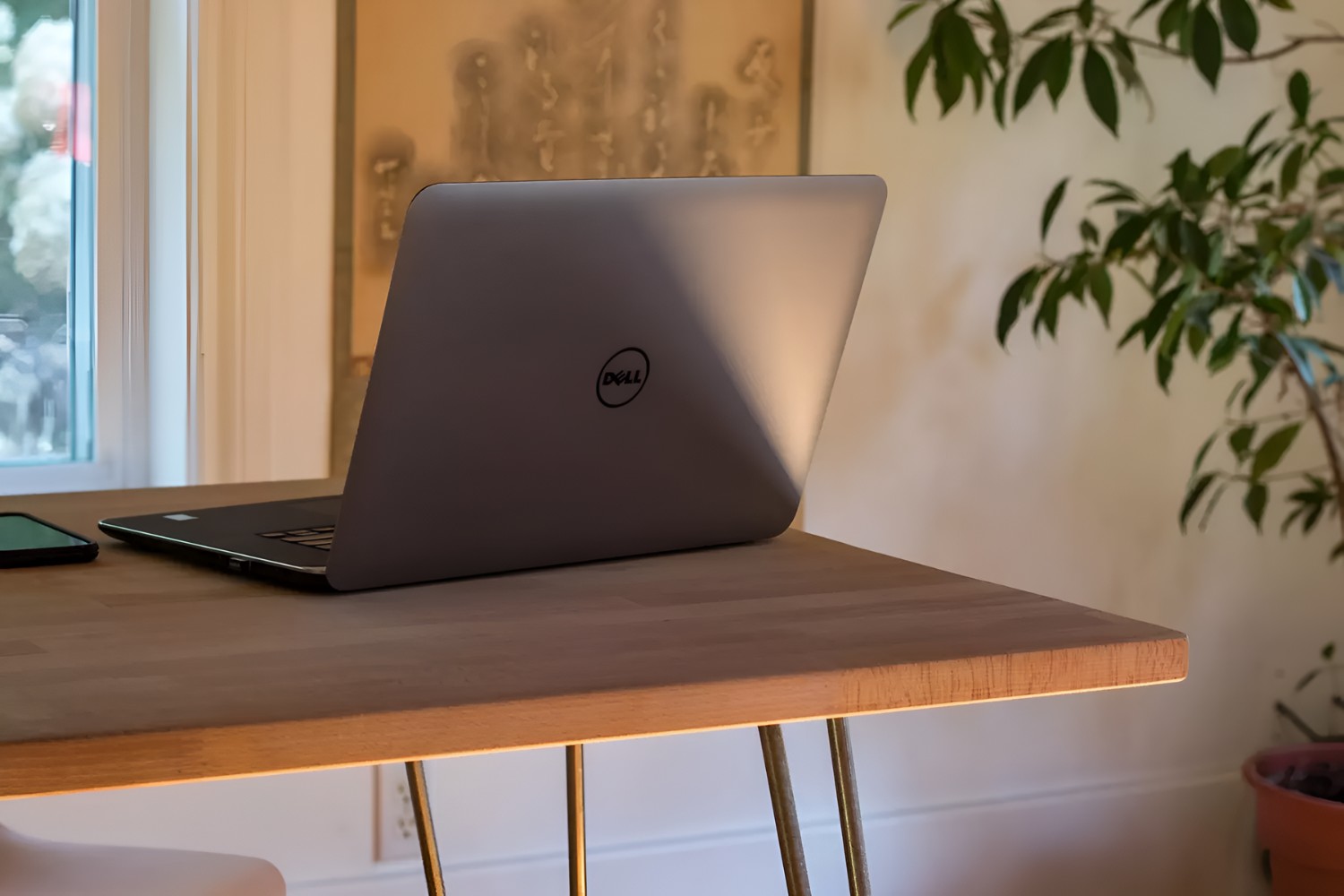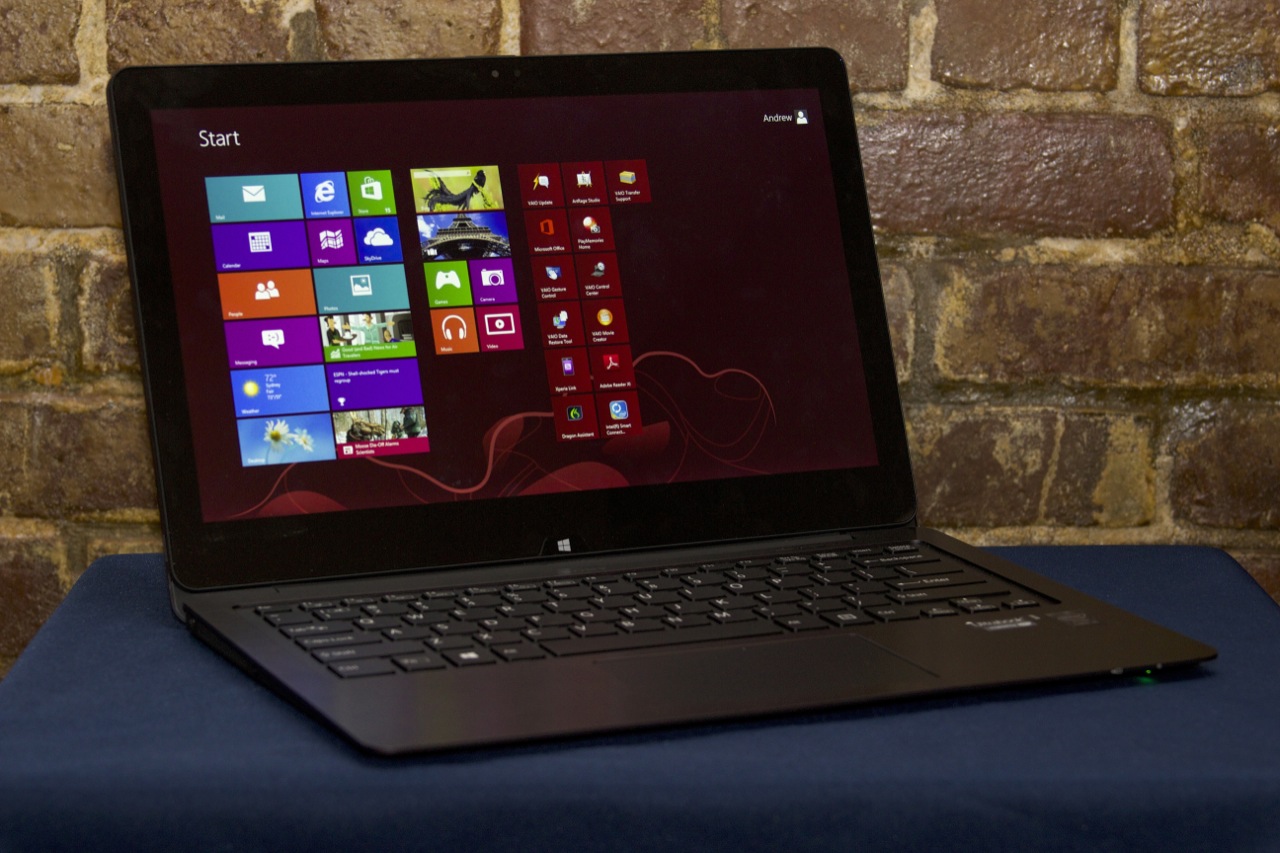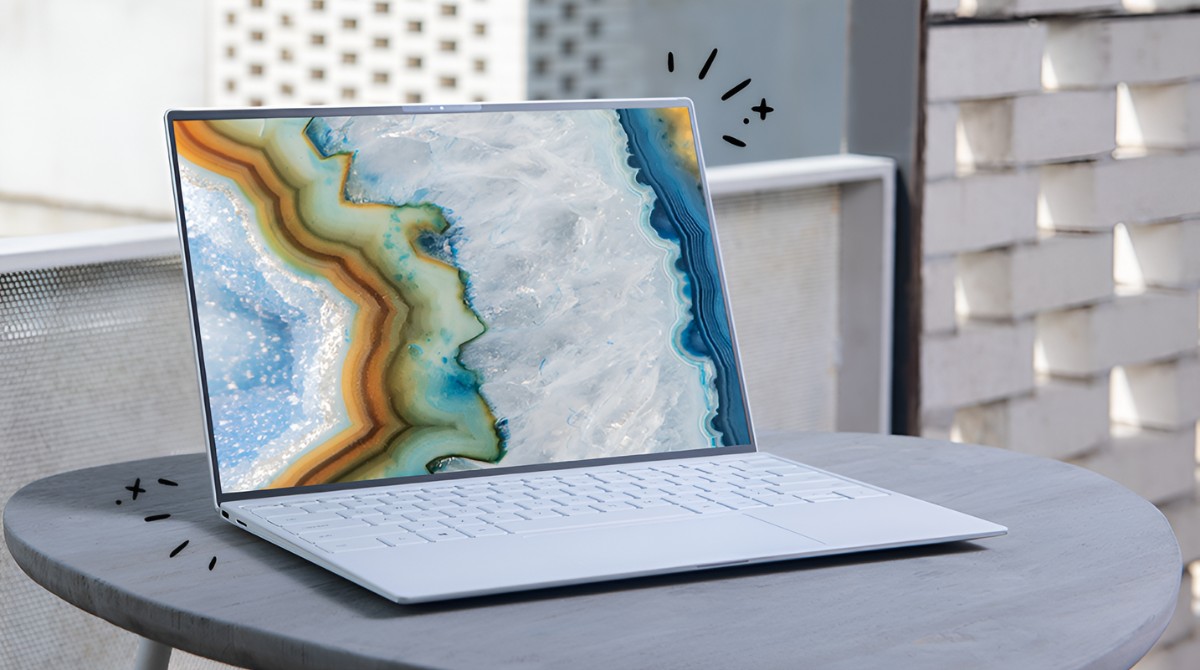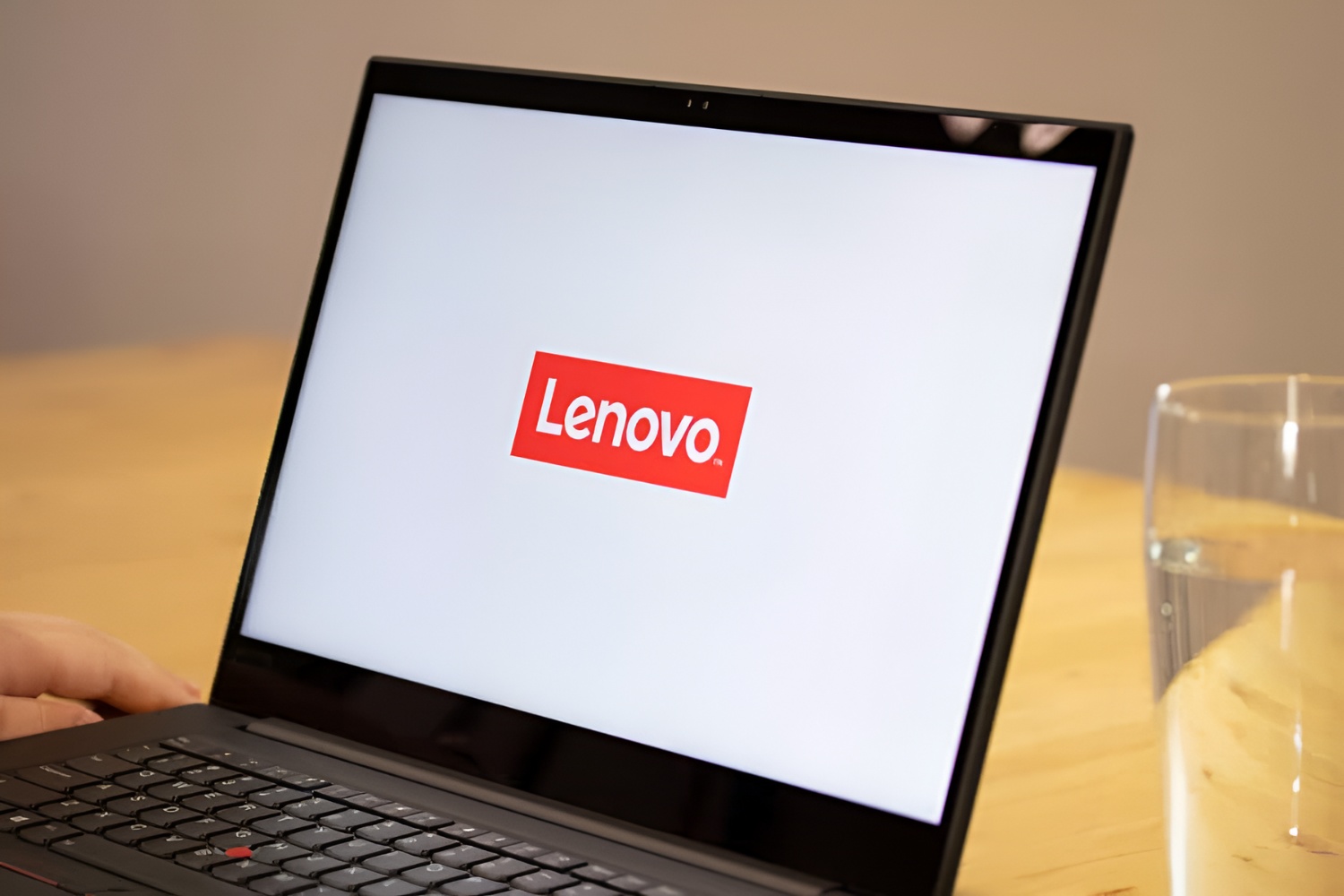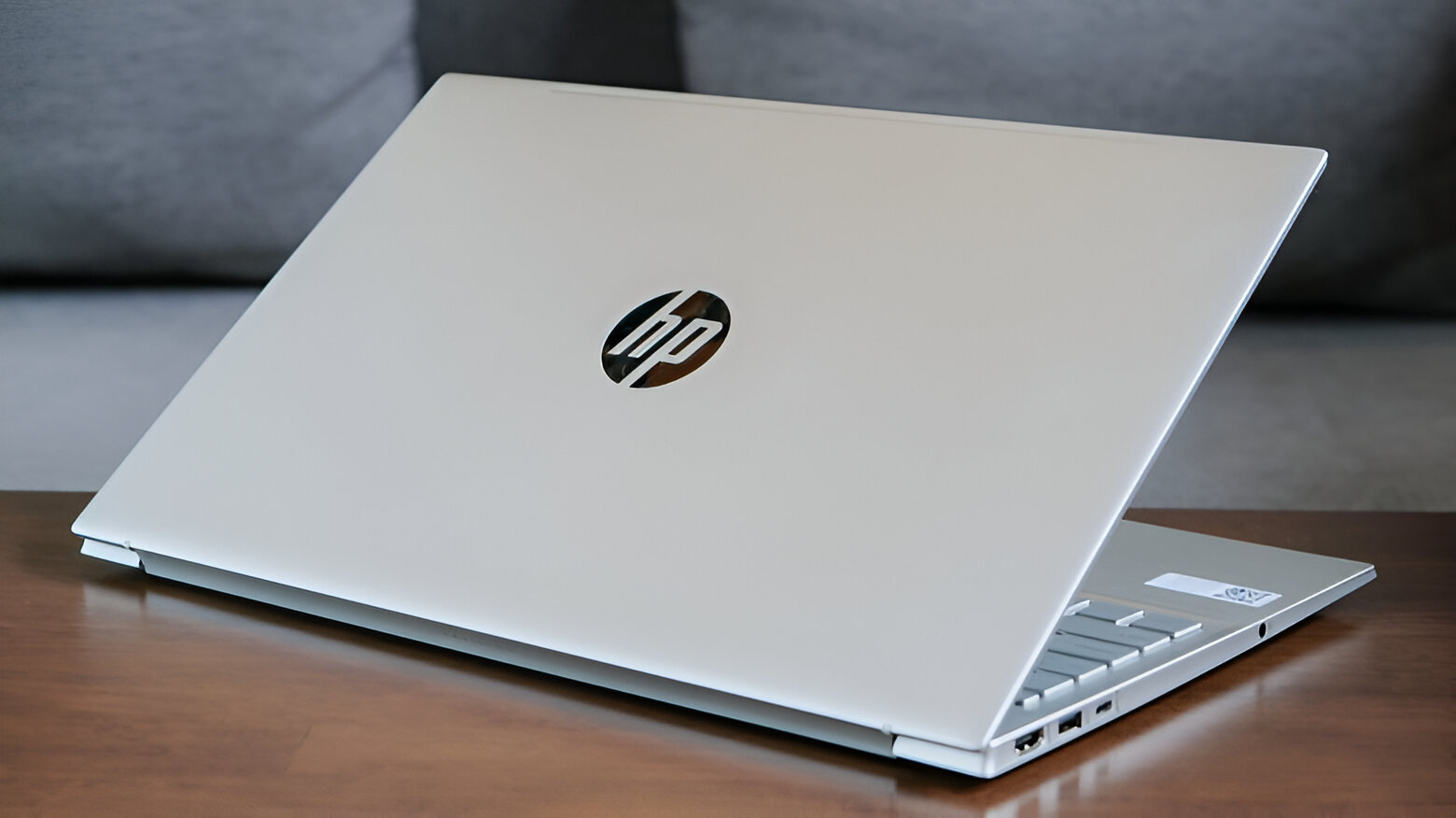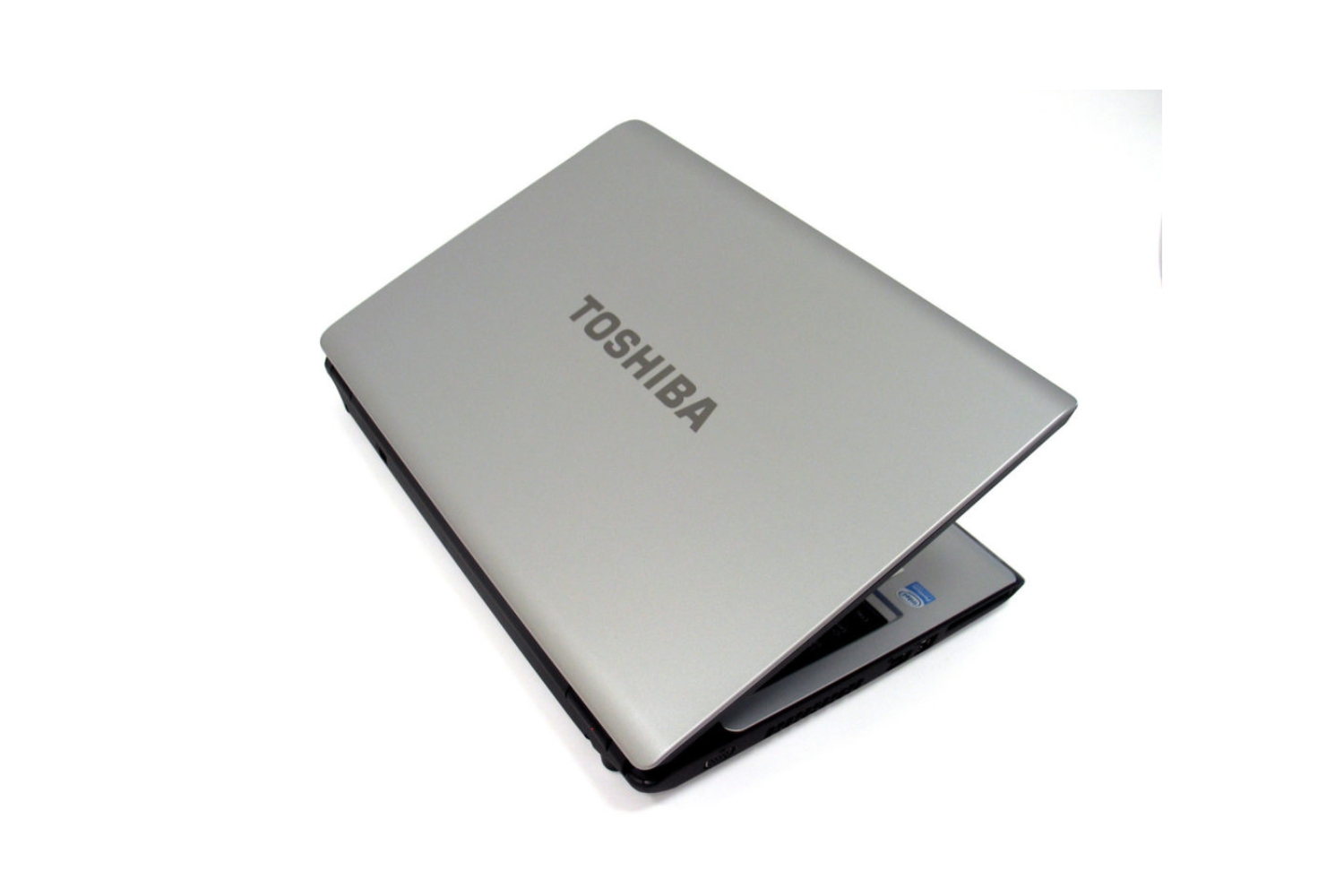How to Restore Samsung Ultrabook to Factory Settings
Welcome to our step-by-step guide on how to restore your Samsung Ultrabook to its factory settings. Whether you’re experiencing performance issues, want to erase personal data, or simply want to start with a clean slate, restoring your Ultrabook to factory settings can help.
Restoring your Samsung Ultrabook to its factory settings means reverting it back to the original state when you first bought it. This process erases all personal data, settings, and applications installed after the purchase. It can be a useful troubleshooting step if you’re encountering persistent problems or if you’re planning to sell or transfer ownership of your Ultrabook.
However, before proceeding with the restoration process, it’s essential to back up any important files and documents. Restoring your Ultrabook will erase everything, so it’s crucial to have a copy of your valuable data stored elsewhere, such as an external hard drive, cloud storage, or another computer. Once you’ve backed up your data, you’ll be ready to begin the restoration process.
In this guide, we will take you through the necessary steps to restore your Samsung Ultrabook to its factory settings. We’ll go over how to backup your personal data, access the recovery partition, select the restore option, confirm the restoration, and set up your Ultrabook again. By following these steps carefully, you can ensure a smooth and hassle-free restoration process.
Please note that the specific steps may vary slightly depending on the model and version of your Samsung Ultrabook. Make sure to refer to your device’s user manual or the official Samsung support website for any model-specific instructions.
Now, without further ado, let’s get started on restoring your Samsung Ultrabook to its factory settings!
Before starting the restoration process, it is crucial to back up all your personal data and files. This step will help you prevent any data loss and ensure that you can restore your important files after the process is complete.
There are several methods you can use to back up your data, depending on your preferences and available resources:
- External Storage Device: Connect an external hard drive or USB flash drive to your Samsung Ultrabook and manually copy and paste your files into the storage device. Make sure you have enough space on the external device to accommodate all your important data.
- Cloud Storage: Take advantage of cloud storage services such as Google Drive, Dropbox, or Microsoft OneDrive. Upload your files to the cloud, ensuring they are securely stored and easily accessible from any device with an internet connection.
- Network Transfer: If you have multiple computers connected to the same network, you can transfer your files wirelessly between the devices. Share the files over the network and copy them to another computer or a network-attached storage (NAS) device.
- Backup Software: Consider using backup software or applications specifically designed for data backup and restoration. These tools often offer automated backup options and allow you to schedule regular backups to ensure your data is always protected.
Regardless of the method you choose, it is essential to ensure that all your personal documents, photos, videos, music, and any other important files are included in the backup. Take the time to organize your data and create a categorized backup to make the restoration process more manageable in the future.
Once you have successfully backed up your personal data, double-check that all your files are intact and accessible. It’s recommended to verify the backup by opening several files to ensure they are functioning correctly. This extra step will give you peace of mind knowing that your data is secure and ready to be restored.
Backing up your personal data is a critical first step before restoring your Samsung Ultrabook to its factory settings. It ensures that you won’t lose any important files or memories during the restoration process. Take the time to choose the backup method that suits your needs and preferences, and verify the backup’s integrity before proceeding to the next step.
The next step in restoring your Samsung Ultrabook to factory settings is to restart the device. Restarting the Ultrabook will ensure a fresh start and smooth transition into the restoration process.
To restart your Samsung Ultrabook, follow these simple steps:
- Save and Close: If you have any open documents, files, or applications, save your work and close them to prevent any potential data loss.
- Shutdown: Click on the “Start” button located on the taskbar, then select “Power” and choose “Shutdown.” Wait for the Ultrabook to completely shut down before proceeding.
- Power On: Once the Ultrabook is completely shut down, press the power button to turn it back on. As the device boots up, you will see the Samsung logo or the manufacturer’s logo on the screen. Be patient as this process may take a few moments.
- Access BIOS (Optional): In some cases, you might need to access the BIOS settings before proceeding with the restoration process. To do this, you’ll typically need to press a specific key, such as F2 or Delete, during the startup process. Consult your Ultrabook’s user manual or the Samsung support website for the specific key to access the BIOS settings.
Once you have restarted your Samsung Ultrabook, you are now ready to proceed to the next step in the restoration process. Restarting the device ensures that any temporary files or background processes are cleared, providing a clean environment for the restoration process.
Please note that accessing the BIOS settings is typically only necessary if you need to change specific system settings or if your Ultrabook requires additional steps for the restoration process. In most cases, you can proceed with the restoration without accessing the BIOS.
Now that you have successfully restarted your Samsung Ultrabook, let’s move on to the next step, which involves accessing the recovery partition.
In order to restore your Samsung Ultrabook to factory settings, you need to access the recovery partition. This partition contains the necessary files and tools for the restoration process. Follow the steps below to access the recovery partition:
1. Start your Samsung Ultrabook and wait for the manufacturer’s logo to appear on the screen. During startup, you may see a prompt that says “Press [key] to enter recovery” or a similar message. The specific key may differ depending on your Ultrabook model, but common keys include F4, F7, and F10. Consult your Ultrabook’s user manual or the Samsung support website to determine the correct key.
2. Once you’ve identified the correct key, press it repeatedly until the recovery environment screen appears. This screen will display various options for recovering or restoring your Ultrabook.
3. In the recovery environment, you may be prompted to choose a language or keyboard layout. Select the desired options to proceed.
4. Next, you will see a list of available recovery options, which may include “Refresh,” “Reset,” or “Restore to factory settings.” Choose the option that specifically mentions restoring your Ultrabook to its factory settings. Keep in mind that the wording may vary depending on your Ultrabook’s manufacturer or specific model.
5. Once you’ve selected the appropriate option, you may be presented with additional confirmation prompts or warnings about data loss. Read and understand these messages before proceeding, as the restoration process will erase all personal files, settings, and applications.
6. Finally, confirm your selection to initiate the restoration process. The Ultrabook will begin restoring the system to its original factory state. Depending on the size of the recovery partition and the performance of your Ultrabook, this process may take some time. It’s important to avoid interrupting the process or turning off the Ultrabook during this time.
By following these steps, you can easily access the recovery partition on your Samsung Ultrabook and initiate the restoration process. This will bring your Ultrabook back to its factory settings, giving you a fresh start and resolving any performance or software-related issues you may have encountered.
In the next step, we will cover how to select the restore option and proceed with the restoration process. Stay tuned!
After accessing the recovery partition, the next step is to select the restore option that will initiate the restoration process on your Samsung Ultrabook. Follow these steps to select the appropriate restore option:
1. In the recovery environment, you will be presented with a list of available options. Look for an option that is specifically labeled as “Restore,” “Factory Reset,” or something similar. Keep in mind that the wording may vary depending on your Ultrabook’s manufacturer or specific model.
2. Carefully review the available options and ensure that you are selecting the option that restores your Ultrabook to its factory settings. Some recovery environments may offer multiple options, including “Refresh” or “Reset,” which may only restore system files or keep certain personal data intact. Make sure to choose the option that guarantees a complete restoration.
3. If prompted, read any messages or warnings about the restoration process. These messages may indicate the potential loss of personal files, settings, and applications during the restoration. It is crucial to understand the implications of the restoration and have already backed up any important data.
4. Once you have verified that you have selected the correct restore option and understand the potential consequences, proceed with confirming your selection. In most cases, this will involve pressing “Yes” or “Continue” to initiate the restoration process.
5. After confirming your selection, the restoration process will begin. Your Samsung Ultrabook will start erasing personal data, settings, and applications, and restore the system to its original factory state. The progress of the restoration will be displayed on the screen, and you may see a percentage or an estimated time remaining.
6. It’s important to note that once the restoration process starts, it cannot be interrupted or canceled. Avoid turning off the Ultrabook or interfering with the system during this time to ensure a successful restoration.
By following these steps and selecting the appropriate restore option, you are one step closer to restoring your Samsung Ultrabook to its factory settings. The restoration process will wipe out all personal data and settings, providing you with a clean slate and a fresh start for your Ultrabook.
In the next step, we will discuss what to do after confirming the restoration and waiting for the process to complete. Stay tuned!
After selecting the restore option, the next step is to confirm the restoration process on your Samsung Ultrabook. Follow these steps to ensure that the restoration is confirmed and initiated successfully:
1. Once you have selected the restore option, you may need to confirm your choice. You might see a prompt asking for confirmation or a warning about data loss. Read the prompt carefully to ensure that you understand the implications of the restoration process.
2. If there is a confirmation message, make sure to read it thoroughly. It may remind you once again about the loss of personal files, settings, and applications during the restoration. It’s essential to have already backed up any important data to prevent permanent loss.
3. After carefully reviewing the confirmation message, proceed with confirming the restoration. In most cases, this will involve clicking on “Yes,” “Confirm,” or a similar option to initiate the restoration process. Be patient during this step, as the restoration process might take some time.
4. Once you have confirmed the restoration, your Samsung Ultrabook will begin erasing personal data, settings, and applications, and restore the system to its factory settings. The progress of the restoration will be displayed on the screen, and you may see a percentage or an estimated time remaining.
5. It’s important to note that during the restoration process, your Ultrabook may restart multiple times. This is normal and part of the process. Do not interrupt the restoration by turning off the Ultrabook or interfering with the system, as it may cause complications or incomplete restoration.
6. You can monitor the progress of the restoration on the screen. Depending on the size of the recovery partition and the performance of your Ultrabook, the restoration process may take some time.
By following these steps and confirming the restoration, you have taken an important step in returning your Samsung Ultrabook to its original factory settings. The restoration process will ensure a clean slate and resolve any performance or software-related issues you may have encountered.
Next, we will discuss what to do while waiting for the restoration process to complete. Stay tuned!
Once you have confirmed the restoration on your Samsung Ultrabook, the next step is to wait for the process to complete. Restoring your Ultrabook to its factory settings may take some time, depending on the size of the recovery partition and the performance of your device. Follow these guidelines while waiting for the restoration process to finish:
1. Be patient: The restoration process can be time-consuming, especially if there is a significant amount of data to be erased and restored. Avoid interrupting or turning off your Ultrabook during this time. Allow the process to run its course until completion.
2. Avoid interfering: While the restoration is in progress, it’s crucial not to interfere with the system. Refrain from opening any other applications, making changes to settings, or performing any actions that may disrupt the restoration process. Let the Ultrabook focus on completing the restoration efficiently.
3. Monitor the progress: Depending on your Ultrabook model and the specific recovery software being used, you may be able to monitor the progress of the restoration process on the screen. It may display a percentage or an estimated time remaining. While this information can give you an idea of the overall progress, it’s important to remember that the time displayed is an estimation and may vary.
4. Stay connected to power: To ensure uninterrupted power supply during the restoration process, make sure that your Ultrabook is connected to a stable power source. Using a charger or keeping it plugged in will prevent any power-related disruptions that could potentially affect the process.
5. Avoid physical disturbances: It’s advisable to keep your Ultrabook on a stable surface and avoid any physical disturbances during the restoration process. A stable surface ensures that the process continues smoothly without any unintended interruptions caused by accidental movements or jolts to the device.
6. Take breaks: If the restoration process is taking longer than anticipated, it’s essential to take breaks and give your Ultrabook some time to complete the task. Avoid constantly checking the progress or becoming anxious about its duration. A little patience goes a long way when waiting for a thorough restoration.
By following these guidelines and allowing the restoration process to complete without interference, you are giving your Samsung Ultrabook the best chance to return to its factory settings successfully. Once the restoration process is complete, you will be ready to set up your Ultrabook again from scratch.
In the next step, we will discuss how to set up your Ultrabook after the restoration process is finished. Stay tuned!
After the restoration process is complete on your Samsung Ultrabook, it’s time to set up the device again. Follow these steps to get your Ultrabook up and running:
1. Power on your Ultrabook: Press the power button to turn on your Ultrabook. It may take a few moments for the device to boot up, so be patient during this process.
2. Select the language and region: You’ll be prompted to select the language and region settings for your Ultrabook. Choose the desired options from the available list, then click “Next” to proceed.
3. Connect to Wi-Fi: If you have a Wi-Fi network available, select your network from the list and enter the password if prompted. If you don’t have Wi-Fi access at the moment, you can skip this step and connect to the internet later.
4. Sign in with your Microsoft account (optional): If you have a Microsoft account that you want to use with your Ultrabook, you can sign in with your email address and password. This will sync your settings, preferences, and Microsoft services across devices. If you don’t have a Microsoft account or prefer not to use it, you can choose the option to set up a local account instead.
5. Customize your settings: Adjust the settings according to your preferences, such as privacy settings, app permissions, and additional customization options. Take your time to review and configure these settings to suit your needs.
6. Install necessary software and updates: Once you’ve completed the initial setup, it’s recommended to check for any pending system updates. Update your Ultrabook with the latest software and security updates to ensure optimal performance and security.
7. Reinstall your applications: Since the restoration process erases all applications, you’ll need to reinstall any third-party software or apps that you regularly use. Visit the appropriate app stores or websites to download and install the applications again.
8. Restore your personal data: Lastly, restore your personal data and files from the backup you created before initiating the restoration process. Connect your external storage device or access your cloud storage to retrieve your important files. Copy and paste them to the appropriate folders on your Ultrabook.
By following these steps, you can successfully set up your Samsung Ultrabook after the restoration process. Take the time to customize your settings, reinstall necessary software, and restore your personal data to ensure a seamless transition and personalized experience with your newly restored Ultrabook.
Congratulations! You’ve completed the process of restoring your Samsung Ultrabook to its factory settings and setting it up again. Enjoy your refreshed device and its improved performance!
Congratulations on successfully restoring your Samsung Ultrabook to its factory settings!
By following the step-by-step guide in this article, you have learned how to backup your personal data, restart the Ultrabook, access the recovery partition, select the restore option, confirm the restoration, wait for the process to complete, and set up the Ultrabook again. Restoring your Ultrabook to factory settings can resolve performance issues, erase personal data, and provide a fresh start.
Remember, it is crucial to backup your personal data before starting the restoration process to prevent any loss of important files. Choose a backup method that suits your preferences and make sure to verify the backup to ensure the integrity of your data.
Accessing the recovery partition and selecting the correct restore option are essential steps in initiating the restoration process. Take your time to read and understand any confirmation messages or warnings about data loss before proceeding.
During the restoration process, be patient and avoid interrupting the Ultrabook or interfering with the system. Let it complete the restoration to ensure a successful outcome.
Once the restoration is complete, follow the steps to set up the Ultrabook again, including language and region selection, Wi-Fi connection, account sign-in, customization of settings, installation of necessary software, and restoration of personal data from your backup.
By restoring your Samsung Ultrabook to its factory settings and setting it up again, you can enjoy the benefits of a clean slate, improved performance, and a personalized computing experience. Keep in mind that the specific steps may vary slightly depending on your Ultrabook model and version.
Thank you for following this guide and taking the necessary steps to restore your Samsung Ultrabook. We hope that this article has been helpful in guiding you through the restoration process. If you have any further questions or need additional assistance, refer to your Ultrabook’s user manual or the official Samsung support website for further guidance.
Enjoy your refreshed Ultrabook and all the possibilities it offers!







